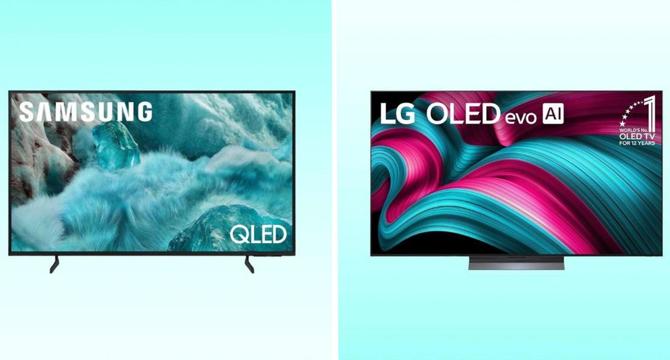Insider
3w
79

Image Credit: Insider
QLED vs. OLED: Which TV display type is better?
- QLED and OLED are two top TV technologies, each with strengths and weaknesses.
- QLED TVs utilize quantum dots in LED-backlit LCD screens for enhanced color and brightness.
- OLED TVs use organic light-emitting diode panels with self-illuminating pixels for superior contrast.
- QLEDs excel in brightness and affordability, while OLEDs stand out in black levels and viewing angles.
- QLED TVs may have local dimming with varied zones, while OLEDs offer pixel-level contrast control.
- QLED vs. OLED comparison includes factors like contrast, brightness, color performance, and viewing angles.
- OLEDs have better contrast due to self-illuminating pixels, while QLEDs can achieve higher brightness levels.
- Both display types offer wide color range, but QLEDs tend to have slightly higher color volume.
- OLEDs provide exceptional viewing angles, unlike most QLEDs that suffer from poor off-axis image quality.
- OLED TVs can be susceptible to burn-in issues due to static images, unlike QLEDs, which are less at risk.
- In terms of price range, QLED TVs offer more budget-friendly options compared to OLED models.
Read Full Article
4 Likes
For uninterrupted reading, download the app